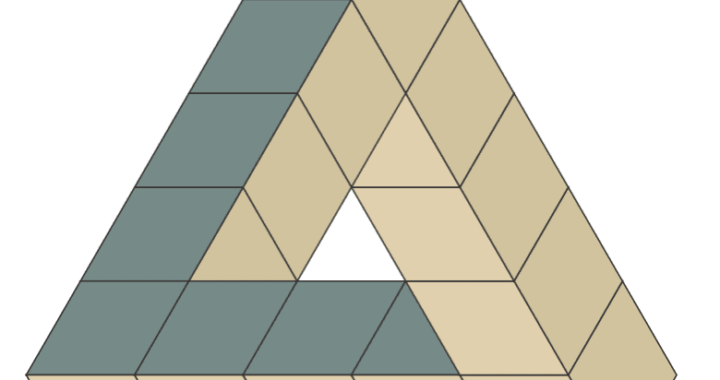Although speculation about the impact of the proposed EU PFAS ban might have been best described as ‘definitely, maybe’, recent pronouncements are beginning to provide some clarity on the direction of travel of future legislation. However, at the same time, suggestions are to some extent creating confusion or at least wriggle-room! The proposals for PFAS matters to the water industry since PVDF, which falls within the EU’s PFAS definition, is the most widely used membrane polymer in drinking water treatment and a cornerstone for membrane bioreactors (MBR) in wastewater treatment. Depending on your perspective, PVDF membranes in water could be regarded as being highly important but still only ‘nice to have’ while in wastewater MBR, PVDF would be more likely regarded as being essential, with an impending ban providing an existential threat to the industry.
Are PVDF membranes irreplaceable? In drinking water treatment, there are other existing polymers such as polyethersulfone, but the replacement would not be like for like. There are other polymers which have been considered such as polyacrylonitrile (PAN), which is more of a direct substitute and commercially available. A few other options also exist, but neither these nor PAN would be suitable for substitution in the short term. Outside of polymerics, ceramics are now being considered and these would provide a feasible alternative, but it would be a fundamental shift for the industry.
Within MBR, PVDF membranes are even more entrenched, and arguably inseparable from the application. Other alternatives have been considered and are occasionally used, but the MBR industry is completely dominated by PVDF.
The proposed PFAS ban addresses both manufacture and use. The industry’s perspective of the ban differs depending on which of these two issues is being considered. Potentially, the impact of the proposed ban could change fundamentally depending on where the focus is placed. The EU is a major PVDF membrane manufacturer through Veolia’s Zenon brand and until 10 years ago this brand dominated worldwide MBR markets. However long term rivals in Japan and Australia were then joined by emerging players in China. The explosion of the Chinese wastewater market since 2010, largely supplied by their own domestic players, has dramatically changed the landscape. Nevertheless, an EU manufacturing ban would have profound consequences for the PVDF membrane market for water and wastewater treatment.
In terms of a ban on use, the EU is a minor user of PVDF for water treatment, but PVDF is deemed to be a critical option for MBR in wastewater. Potentially, the list of ‘irreplaceable uses’, could allow continuation for PVDF users in MBR, but allow replacements to be gradually introduced in water treatment through time limited derogations. The discussion can be followed in more detail in recent articles in GWI from 4th September, https://www.globalwaterintel.com/articles/europe-s-membrane-makers-wrestle-with-eu-s-pfas-ban-proposal, and the Water Desalination report of 8th September. As the GWI article points out, end of use considerations apply on both sides of the debate, i.e. manufacture and use. The final outcome of the proposal is likely to rest on whether disposal and end-of-life considerations can be addressed satisfactorily.
It is difficult to see where this will all end up. In the membrane water industry, we have been used to seeing the market as an integrated world market, essentially without trade barriers. Now, legislative barriers are being contemplated by the EU, together with potential commercial barriers from the US. These two continents have always dominated all aspects of the commercial outcome and strategic direction of the industry. However, the world’s largest regional manufacturer and user of PVDF is now China, and the focus of its suppliers is almost solely on their domestic market. Why should they care what is done in the EU and US? The PVDF for Chinese membranes is made in China, the membranes themselves are made in China, and the membranes are used in China. We are told every day in our newsfeeds that there is a change in the world order. I suspect that we will see this issue played out in practice in the membrane industry in the very near future. A sector of our industry which was started in the US and Europe is on the way to becoming dominated by China. The few international suppliers with a Chinese manufacturing location could be well placed in this new order.
Another perspective would be to say that the US and EU could see this as an opportunity to move on and adopt improved environmentally friendly materials. PVDF would simply become a stepping stone.
Having said all this and returning to the subject of the proposed PFAS ban, I think we will see a gradual phasing out of PVDF from drinking water treatment in the EU and US, but we will retain PVDF in MBR on the grounds of ‘irreplaceable uses’. We will retain PVDF MBR manufacture in Europe, but gradually phase out PVDF manufacture for drinking water, probably over a 10-15 year timescale as delays and derogations occur. As PVDF share turns down, polymeric alternatives and particularly ceramics will gradually become the dominant materials for water applications. The role for PVDF is set for change.

